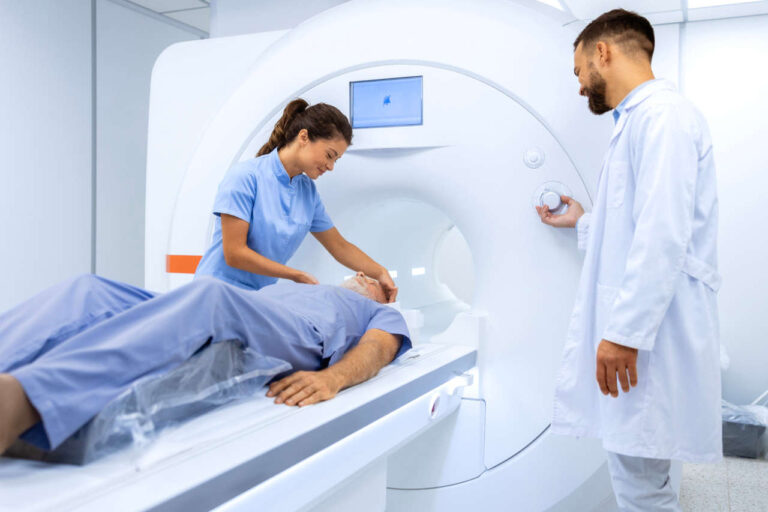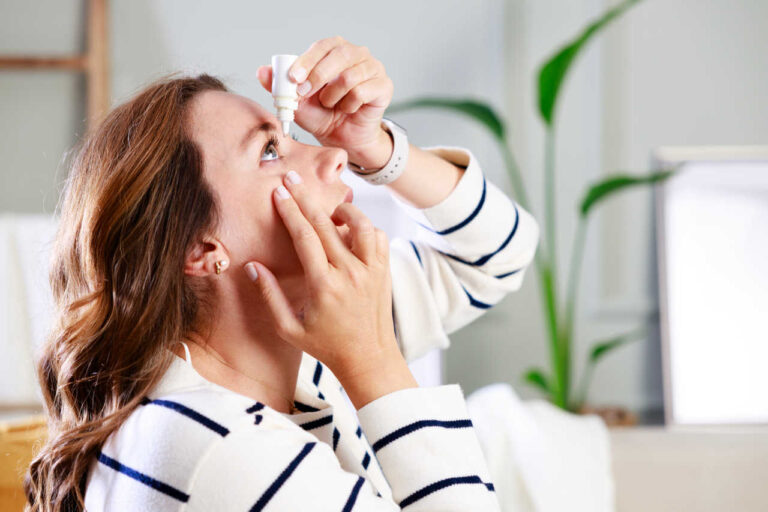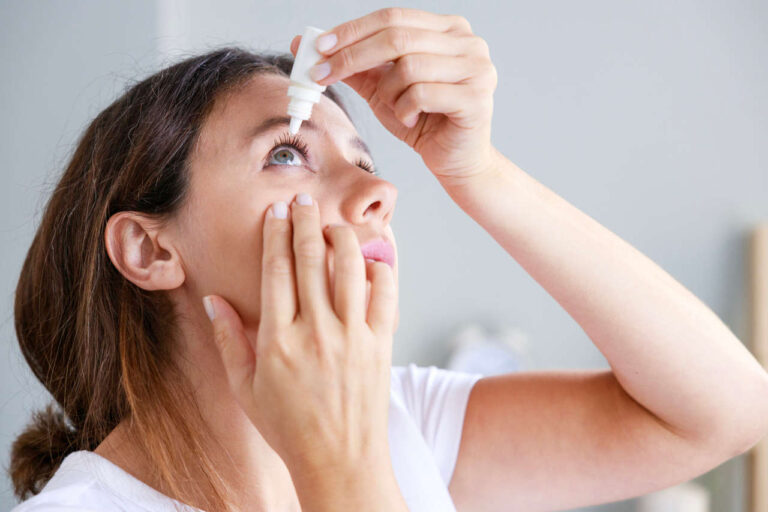
Droxidopa is a generic form of the brand-name drug called Northera. This prescription medication was first approved by the FDA in 2014 for treating the symptoms of neurogenic orthostatic hypotension (NOH), which involves fainting, dizziness, or lightheadedness when standing after sitting or lying down. Droxidopa is a type of prodrug (a drug that is converted into an active form once it reaches its target area) and belongs to the class of alpha and beta-adrenergic agonists.
Speak to a Specialist About Copay Assistance
This medication is indicated to regulate standing blood pressure by temporarily increasing the level of norepinephrine in your body. Norepinephrine, also known as noradrenaline, is a type of neurotransmitter (brain chemical) that is needed to regulate blood pressure.
Droxidopa is available in oral capsule form and can only be obtained via a doctor’s prescription.
What Is Droxidopa Used To Treat?
Droxidopa is used to treat symptomatic neurogenic orthostatic hypotension – a chronic and potentially debilitating condition characterized by a sustained drop of blood pressure upon standing due to low production or release of norepinephrine. This condition may arise as a result of autonomic failure and mainly occurs in patients suffering from certain neurologic disorders such as pure autonomic failure (PAF), multiple system atrophy (MSA), and Parkinson’s disease (PD).
These neurologic disorders mainly affect the patient’s autonomic nervous system (typically involved in regulating various involuntary functions such as heart rate, breathing, and blood pressure), which leads to inadequate release of norepinephrine. The dysregulation in norepinephrine release results in low blood pressure in neurogenic OH patients whenever they stand.
Due to a drop in blood pressure, neurogenic OH patients experience severe dizziness, lightheadedness, syncope, blurred vision, faintness (feeling of passing out), and loss of consciousness.
Between 80,000 – 150,000 people are thought to suffer from the symptoms of neurogenic OH in the United States.
How Does Droxidopa Work?
Droxidopa works to improve the symptoms of NOH by increasing the norepinephrine level in the body. Norepinephrine, upon release, normalizes the blood pressure by constricting (narrowing) the peripheral blood vessels.
Mechanism of Action
Once inside the body, droxidopa prodrug is converted into norepinephrine by an enzyme called dopa-decarboxylase. Norepinephrine then exhibits its pharmacological action throughout the body and increases blood flow to the brain, which prevents the symptoms of NOH.
Dosage Form and Strengths
Droxidopa is available in capsule form with strengths of 100 mg, 200 mg, and 300 mg.
Get Droxidopa Copay Assistance
Droxidopa Dosage
Dosing Information
The recommended initial (starting) dose is 100 mg 3 times a day during waking hours (in the morning, at midday, and in the late afternoon at least 3 hours before bedtime). The dose of droxidopa is titrated (adjusted) according to symptomatic response (where the patient’s symptoms respond to the drug).
Depending on the symptomatic response, the droxidopa dose can be increased by increments of 100 mg 3 times a day, up to a maximum dose of 600 mg three times a day. The maximum recommended total daily dose of droxidopa is 1,800 mg. Dose titration and adjustment must be done by the treating doctor.
The dose of droxidopa could vary from patient to patient and is done in a very stringent fashion to improve neurogenic OH symptoms and avoid an excessive increase in blood pressure.
What To Do if You Miss a Dose
Take your dose consistently as prescribed by your doctor. In case of a missed dose, avoid taking a double dose of droxidopa to compensate for the missed dose.
If you accidentally took your dose less than 3 hours before bedtime, consult your healthcare provider immediately to reduce the risk of supine hypertension.
How Is Droxidopa Used?
Droxidopa capsules are taken orally (by mouth). Since the elimination half-life of this medication is 2 to 3 hours, it is prescribed to be taken three times a day to maintain a consistent effect.
Droxidopa capsules should be taken consistently with or consistently without food upon waking up in the morning, at midday, and in the late afternoon at least 3 hours prior to bedtime. The capsules should be swallowed whole without opening, crushing, chewing, or breaking them.
Possible Side Effects of Droxidopa

Some common side effects reported by patients taking droxidopa include but are not limited to:
- Nausea
- Dizziness
- Headache
- Hypertension (increased blood pressure)
These symptoms are temporary and can be managed easily. However, if the symptoms persist and do not go away within two weeks during therapy, you should report to your healthcare provider immediately.
Moreover, some side effects can be severe and require immediate medical attention, such as:
Supine Hypertension
Droxidopa can cause or worsen supine hypertension in NOH patients. Supine hypertension is a condition in which a patient’s blood pressure rises when they lie flat on their back. Supine hypertension increases the risk of stroke if not appropriately managed.
Doctors recommend that patients should check their blood pressure before going to bed, and while resting or sleeping, they should elevate the head of the bed to avoid the risk of supine hypertension. Blood pressure should also be monitored whenever changing the dose.
Arrhythmias, Congestive Heart Failure, and Ischemic Heart Disease
Droxidopa therapy may exacerbate existing arrhythmias, congestive heart failure, and ischemic heart disease. It is recommended to discuss your health status with your doctor before initiating droxidopa.
Severe Allergic Reaction
Droxidopa contains tartrazine (a lemon yellow azo dye used in food coloring and medication), which may cause a severe allergic reaction (including bronchial asthma) in some patients with NOH.
Hyperpyrexia and Confusion
Hyperpyrexia (a condition where the body temperature goes above 106.7 degrees Fahrenheit) and confusion symptoms are also reported in patients receiving droxidopa therapy during post-marketing surveillance.
Therefore, it is recommended to carefully observe the patients when the dosage is changed.
Ask a Specialist About Side Effects
Droxidopa Interaction With Other Drugs
There is a high possibility that other drugs may interact with droxidopa and increase the risk of supine hypertension in patients with NOH. Some of the medications that need to be avoided or adjusted include:
- Norepinephrine
- Ephedrine
- Midodrine
- Triptans
- Dopa-decarboxylase inhibitors
- MAO inhibitors and linezolid
- Vitamins and herbal products
Before taking droxidopa, consult your healthcare provider if you take the medications mentioned above. You should always inform your doctor and pharmacist about all the medications you’re currently taking before starting any new medications.
Precautions
It is recommended to consult your doctor before taking droxidopa. You should not take droxidopa in the following cases:
- You have a history of asthma, irregular heartbeat, heart failure, and kidney disease.
- You are pregnant or planning to become pregnant.
- You are breastfeeding a child or plan to breastfeed.
- You are less than 18 years old.
US Boxed Warning – Supine Hypertension
Monitor supine blood pressure prior to and during treatment and more frequently when increasing doses. Elevating the head of the bed lessens the risk of supine hypertension, and blood pressure should be measured in this position. If supine hypertension cannot be managed by elevation of the head of the bed, reduce or discontinue droxidopa.
REFERENCES:
- Kaufmann, H., Norcliffe-Kaufmann, L., & Palma, J. A. (2015). Droxidopa in neurogenic orthostatic hypotension. Expert review of cardiovascular therapy, 13(8), 875-891.
- Kaufmann, H., Freeman, R., Biaggioni, I., Low, P., Pedder, S., Hewitt, L. A., … & Mathias, C. J. (2014). Droxidopa for neurogenic orthostatic hypotension: a randomized, placebo-controlled, phase 3 trial. Neurology, 83(4), 328-335.
- US. Food and Drug Administration. Droxidopa prescribing information https://www.accessdata.fda.gov/drugsatfda_docs/label/2014/203202lbl.pdf













